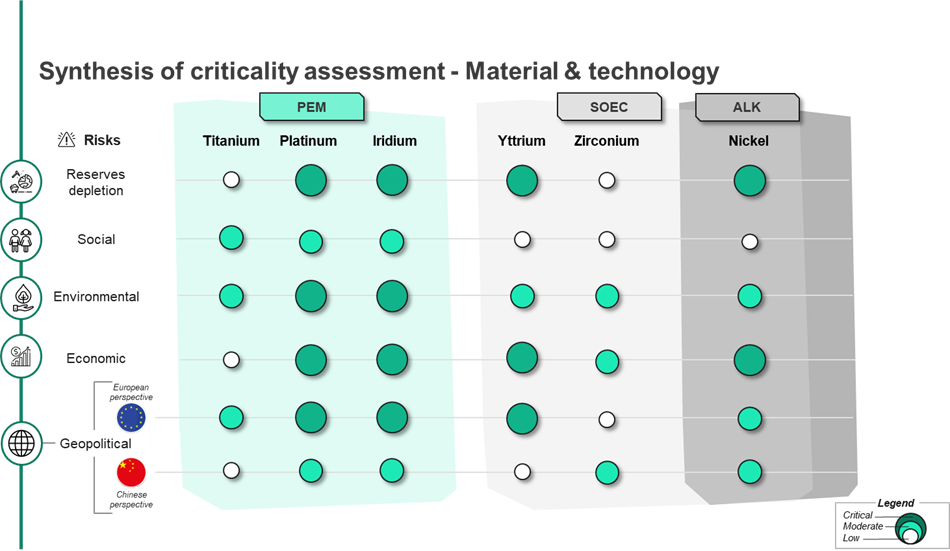Canadian Hydrogen Observatory: Insights to fuel…

As renewable hydrogen produced from electrolysis demand skyrockets, electrolyzer manufacturers may soon face issues in the supply of critical raw materials, with added pressure from other markets such as EVs. Sia Partners has analyzed the potential future material scarcity.
In the coming years, significant developments in the renewable hydrogen economy will sharply increase the demand for electrolyzers, as up to 850 GW of installed capacity is required by 2050, whilst current capacity only reaches 0.3 GW.
Comprised of some key materials that are critical to the clean energy transition, electrolyzer manufacturers and governments will have to adapt their supply strategy to a highly strained global market to secure future business development.
Sia Partners has conducted an overall criticality analysis based on 3 indicators:
